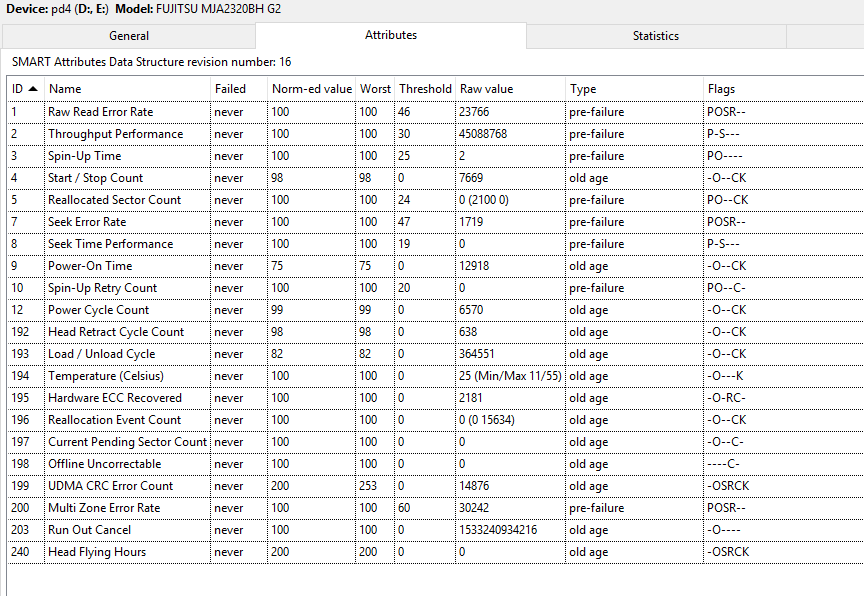

Little simplistic as personally I believe the algorithm is more far complex reacting to usage and demand placed on the drive in real-time. This capture below of a 13Gb MP4 file transfer best illustrates how the FireCuda drives operate, first utilising the 8Gb NAND Flash at GB/s transfer speeds until the NAND is partially full, then transferring at normal HDD speeds. A 4Gb BIN file copies from the M.2 NVMe SSD to the FireCuda in literally a of couple seconds. In normal usage the drive is very fast (for HDD) and stable, leaving no questions or concerns regarding it's performance, with such variances being invisible to the user. Same drive, same benchmark, big difference in write speed, again this is very likely the work of the NAND Flash algorithm. My 1TB version tops out at around 140 MB/s for reads and 130 MB/s for writes (HDD not NAND). With the FireCuda drives R&W will vary due to the NAND Flash algorithm. I have also seen the FireCuda drive confuse some benchmarking software, presenting itself as a RAM drive or deliver poor test results, which again I put down to the NAND Flash algorithm as it's observably fast in normal usage. My other notebook (Asus GL703GS) has a Seagate FireCuda 1TB drive initially it tested slow with CrystalDiskMark 6, today it tests at 141 MB/s, this I attribute to the NAND Flash algorithm not any physical issue with the drive. Nor is it unusual for a HDD to reallocate some sectors with values not always being straightforward to interpret. Personally I'd test the drive with Seagate's own software not a third party application, as the interpretation of the SMART data can vary, plus the Firecuda drives also have 8Gb of NAND Flash for acceleration which may confuse the matter.


 0 kommentar(er)
0 kommentar(er)
